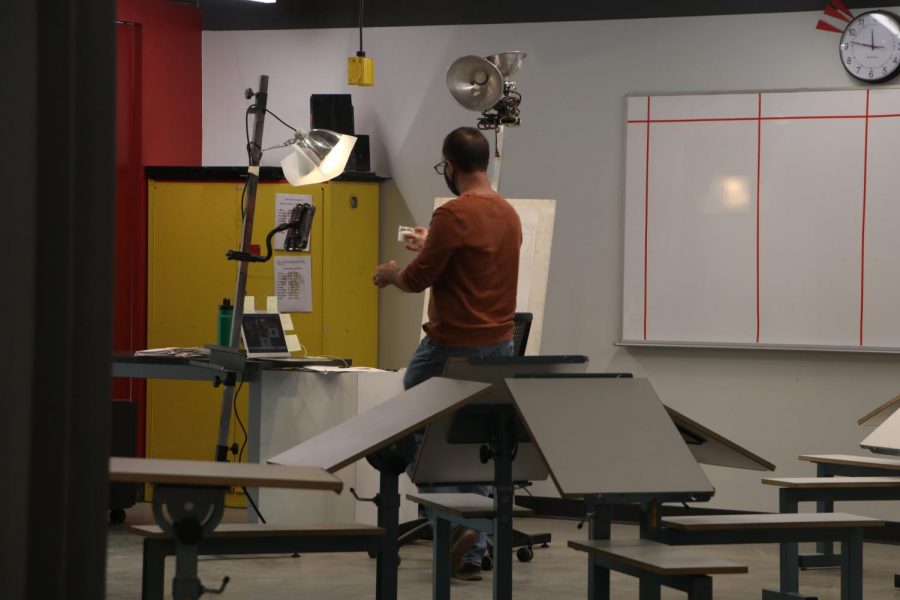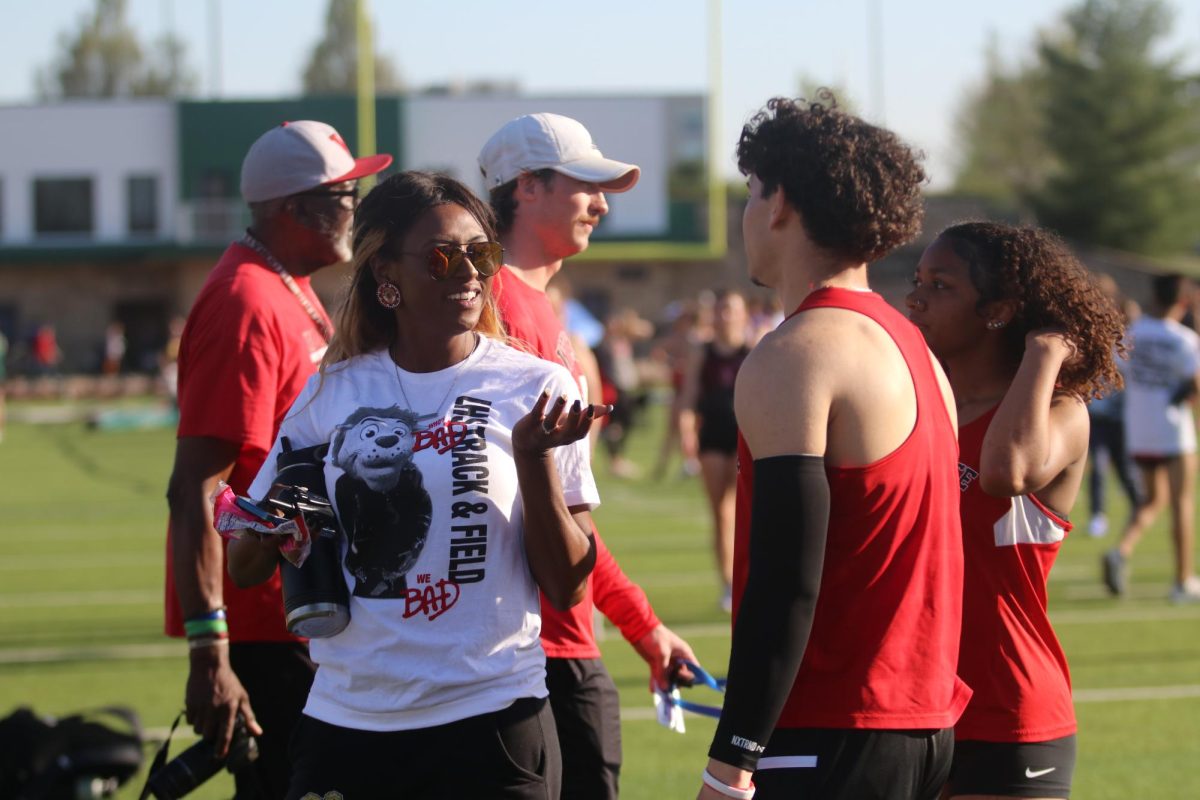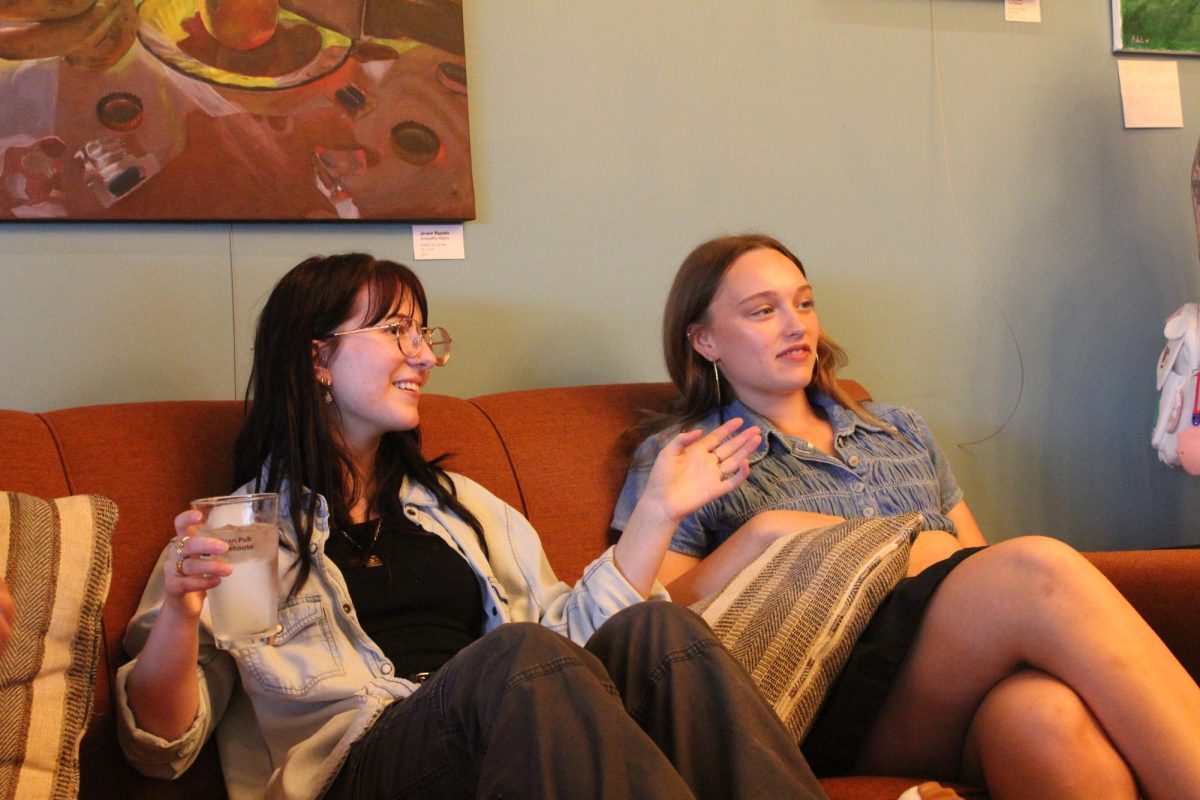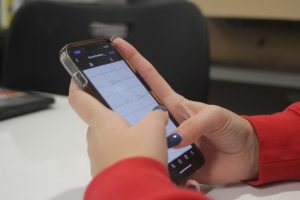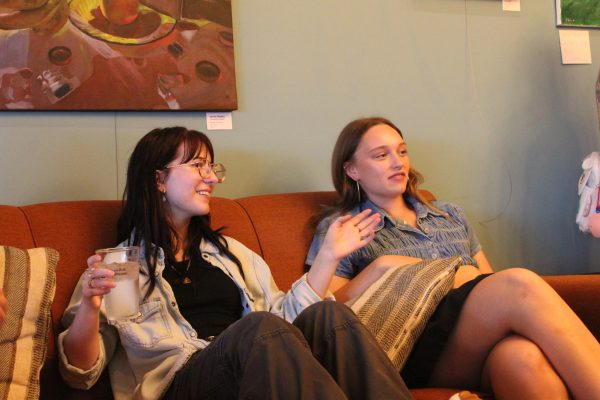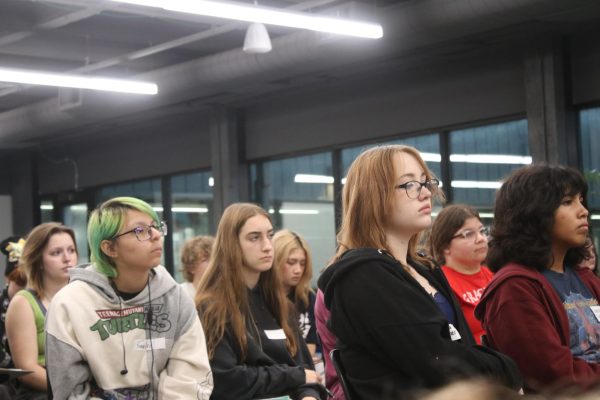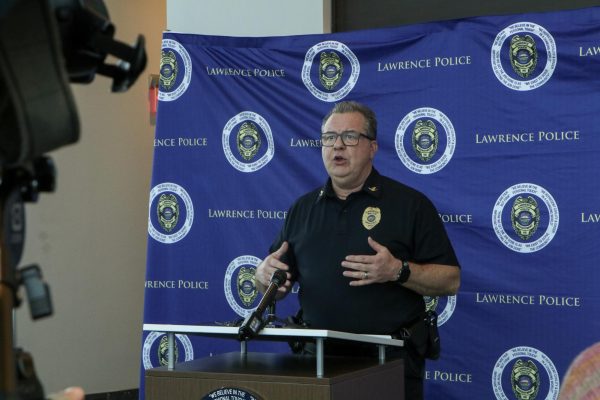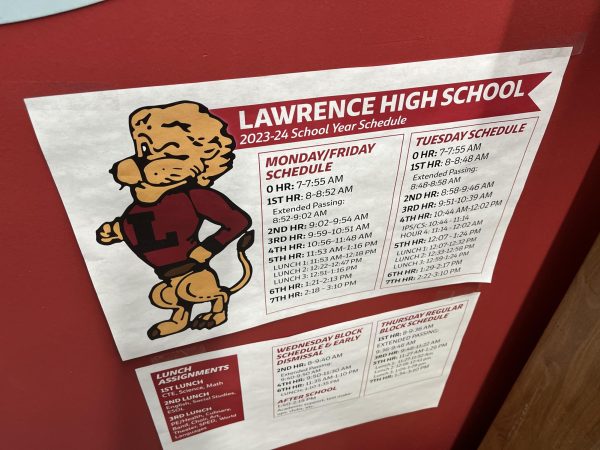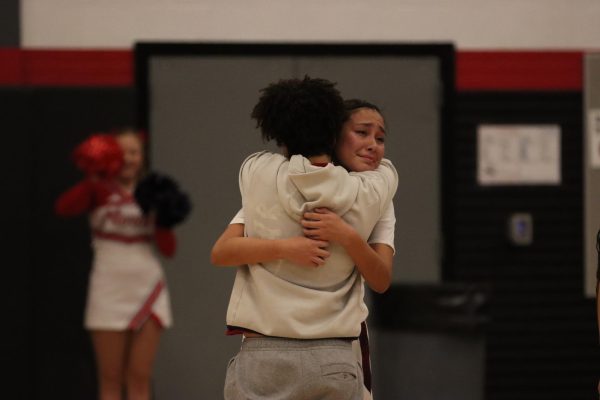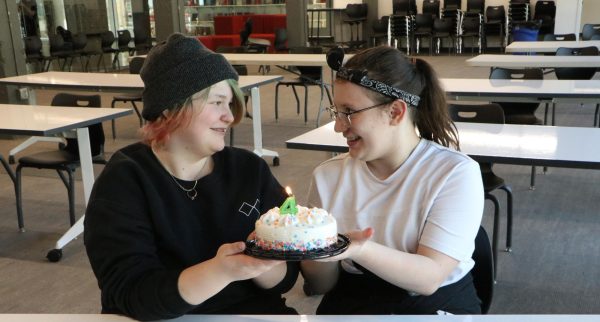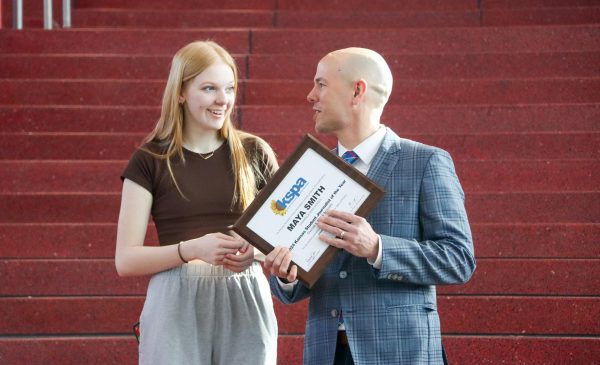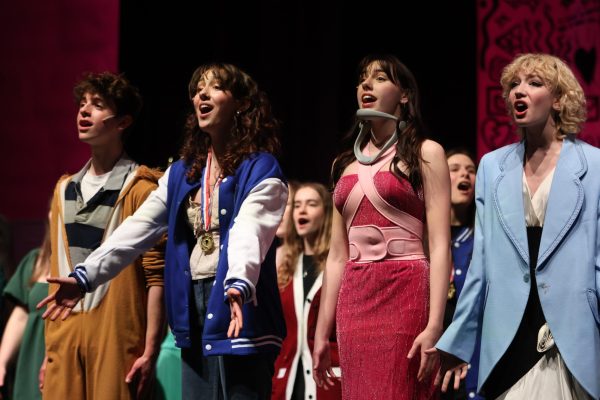USD 497 pushes for cameras to be on during remote learning
New requirement met with concerns
Drawing teacher Todd Poteet works with students online this fall. While he likes to see the work his students are creating as they work, he said he won’t require students to turn their cameras on.
February 1, 2021
Lawrence USD 497 is now requiring with some exceptions for students to have their cameras on during remote learning to ensure active engagement during classes.
Teachers learned of the change Sunday night, and students and families were informed in an email sent Monday afternoon. Julie Boyle, the director of communications, said the decision was made after hearing feedback from staff who have found it difficult to know if students are effectively participating during class.
Boyle said exceptions will be allowed.
“The district has asked staff to exercise discretion in making exceptions for students as appropriate,” Boyle said. “These will be managed by staff on a case-by-case bias.”
At last week’s school board meeting Superintendent Anthony Lewis said there were good reasons for students to be on screen.
“What was one of the things I heard when I talked to groups of teachers is that they were wanting some kind of assurance from the district that yes, students you need to be on screen because for engagement, attendance purposes, grading purposes,” Lewis said. “Sometimes you may just see a black screen and the person’s name there, but when the teacher calls on the student it’s just radio silence.”
Teachers had mixed emotions after hearing about the decision.
Business teacher Kimberly Hawks said she notices that when her students turn their cameras on, many times their laptop performance suffers.
“Unless we as a district are willing to purchase new laptops for all, plus ensure high quality fast speed internet for all, then we should not require video to be turned on during remote classes,” she said.
Hawks ensures student engagement during class by utilizing other communication means.
“I make sure students are engaged in other ways, by having chat questions, by assigning work that is turned in for a grade, by reaching out via email if they’re not responding and checking in with their parents,” Hawks said.
Film teacher Zach Saltz views turning on cameras as an unnecessary demand for students.
“I think this decision would be a mistake. I realize there are many students who are failing classes and struggling to connect with teachers and classes online, but turning cameras on is a simplistic one-size-fits-all answer to a more complex problem,” Saltz said. “Online learning takes creativity and time investment. Requiring cameras on is short-sighted, punitive and inequitable.”
Saltz highlighted that some students may be uncomfortable having their cameras on due to personal reasons.
“Unlike teachers, who are in a secure classroom and building, students may be in living situations where they are not comfortable broadcasting to others,” he said. “Sometimes student backgrounds can be distracting or inappropriate, or even dangerous.”
Drawing teacher Todd Poteet noted that his subject would benefit from students having their cameras on, but he does not need to see students.
“I do not need to see them, but seeing their drawings and subject matter would be massively beneficial to the process and would allow me to give immediate and timely help…” Poteet said. “ I love seeing my students and connecting to them visually, but the critical element in the visual arts is the work.”
Poteet has decided to not require students to have their cameras on, and is leaving the decision up to his students.
As Hawks and Saltz said, requiring cameras to be on during class can be hard for students who have unstable network connections or feel uncomfortable on screen.
Junior Noah Smith prefers to have his camera off during remote learning because he feels being on screen distracts him from being engaged during class.
“It is tiring having to be on and look proper all day,” Smith said. “It is easier to keep it off and pay attention to the actual material.”
Sophomore Daphne Bracker Sturm feels there are other ways to make sure a student is engaged without requiring them to turn their camera on.
“A lot of people have other things going on at home when they are doing school, like taking care of younger siblings, having to share a room with someone else, or some might just not feel comfortable turning on their camera,” she said. “Instead of having kids have their cameras on to make sure they are paying attention, teachers could have them type something into the chat at a random time in class to make sure they are participating.”
Maintaining a connection between students and teachers is different this year, as there are less face-to-face interactions. However, Saltz also proposed other methods of engagement to utilize during remote learning.
“This is not a push made by students, but by adults who are not thinking creatively enough about methods of engagement other than face-to-face (e.g. chat, breakout spaces, Pear Deck, Padlet, Flipgrid, etc.),” Saltz said.
Poteet indicated that in the end, there are many factors that affect a student’s decision to either keep their camera on or off.
“Although it is extremely warming to see them, to visually connect to their responsiveness, it is not essential to the teaching,” Poteet said. “If students are willing to have their cameras on, especially on their work, it broadens the scope and reach of the work that can be achieved in a single class and works to the benefit of the individual student. It also helps them to build connections with one another.”



